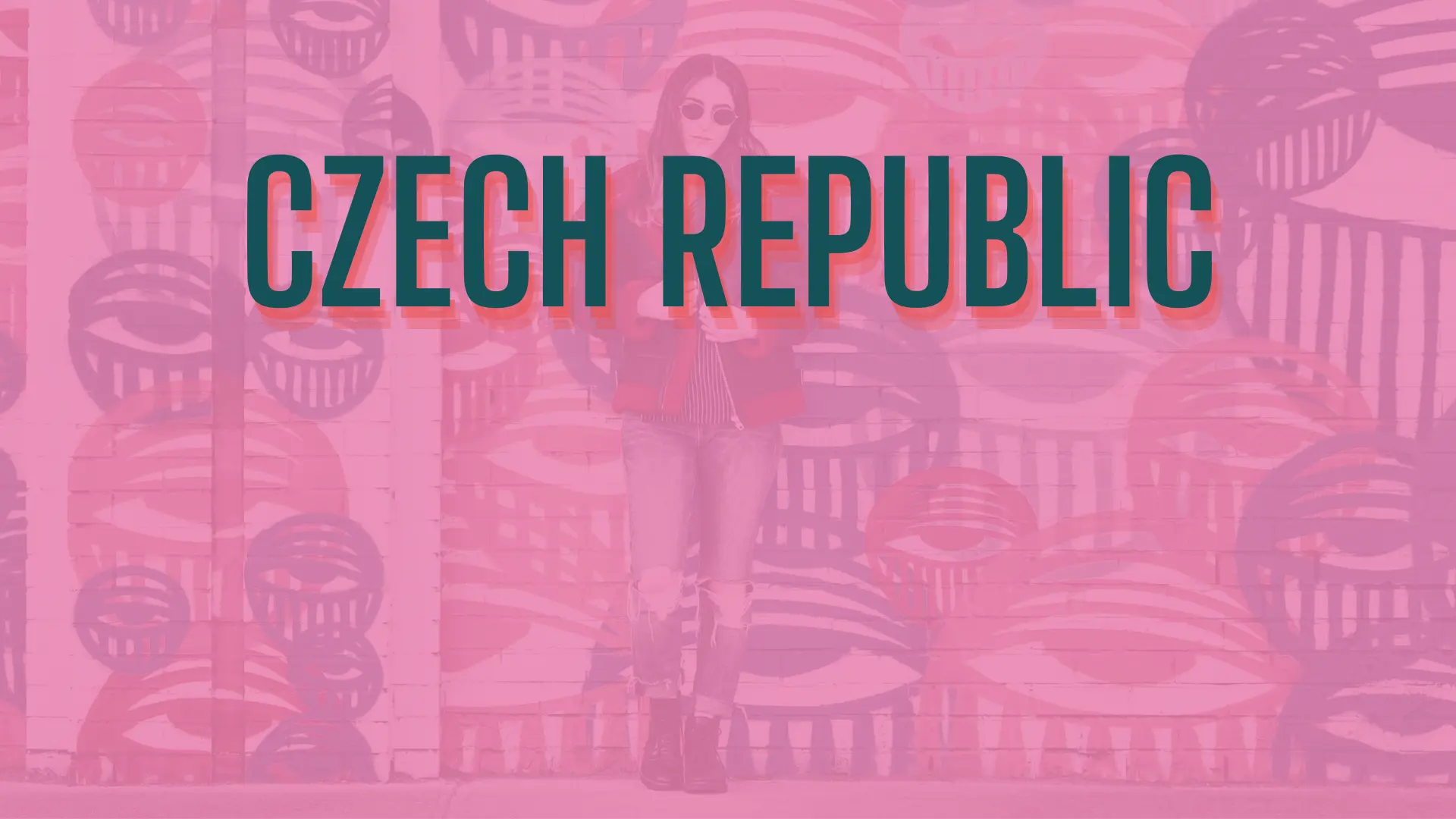Media and Advertising Market Trends of the Czech Republic in 2021
The economic environment
Although the pandemic was still “the topic of the day” in 2021, the economy was on its way to recovery. However, the disruption of supply chains led to a shortage in industry inputs that led to a slowdown in one of the Czech Republic’s most important industry segments, automotive, slowing down exports, too. The second half of the year was also accompanied by an intensifying price-increase in the whole consumer basket (groceries, clothing, household appliances & furniture, services). The average 3.8% inflation rate was the highest since 2008.
Controversial communication on COVID
After a much-delayed and inconsistent official media communication about the pandemic in 2020, the Ministry of Health launched a robust campaign promoting vaccination in Q1 2021. The campaign ran in two waves with a ca. two-million-euro investment each and across all media channels. It carried the brand name Tečka, which means a full-stop in Czech. The first (spring) wave of the campaign took advantage of this wordplay in a positive way and promoted that vaccination should put the imaginary full stop to the pandemic. The second wave of the campaign (in autumn 2021) stirred a lot of discussions, since it featured real photos from hospitals’ COVID-departments combined with poignant texts such as “He fell for the disinformation campaign” over the picture of a man under a blue plastic sheet used to cover up deceased patients.
The local media market
The economic challenges translate, albeit with a delay, into the media market. After a growth deceleration in 2020, growth in all media types was boosted again in 2021, except for OOH, where investment remained stable. Net growth reached 8%, thereby returning to pre-COVID levels. The highest Y-o-Y growth, 10%, was recorded in online, followed by print and radio with 9% Y-o-Y growth.
January 2021 became the month with the highest daily TV average-time-spent (ATS) since the start of the measurement, owing this to the still prevalent COVID-virus. However, the interest in TV-advertising was enormous, particularly in H2 2021, and the media sales houses were struggling with the lack of advertising space, to the extent that it was not possible to get all campaigns on air.
The trend of Google pushing the local platform Seznam out of the search engine market has continued, with Google making up more than 85% of the search volume in 2021. With respect to social media, the Czech market is still relatively “old-fashioned”. Facebook is retaining its 35+ audience, and has the highest number of monthly active users (6.1 M). However, Instagram, TikTok and Snapchat, in that order, are rising quickly, snatching up, particularly the younger parts of the audience.
In display advertisement, more than half of the total media spending is comprised of programmatic buying that has recorded a 25% growth Y-o-Y. Share of mobile investments increased by 39% and video by 37%. Campaigns that strive for reach are inevitably and heavily reliant on mobile impressions to gain a mass audience.
The city of Prague introduced a new decree on the regulation of outdoor advertising, by which 120 large advertising super-posters on buildings disappeared as of November 2021. It follows the trend of the “war on advertising smog”, and of course leads to fierce opposition by the operators. Another major change in the OOH-sphere of Prague is the exit of JCDecaux after 28 years of owning and operating the city’s street furniture. The three-year exit contract took effect in January 2022, with the dismantling of some of JCDecaux city-lights. In 2023, the City of Prague will start replacing JCDecaux street furniture with its own, and the new operator of advertising panels will be tendered.
Traditional media going digital
In 2021, it became apparent that TV is changing from an exclusively offline medium to a medium more and more intertwined with digital. Last year, we recorded new investments in digital TV-content and the overall connection between linear and digital broadcasts. Prima Group, for example, announced the launch of a combined TV and online video advertising measurement in cooperation with the research company, Nielsen Admosphere. Simultaneously, the media consumption on TV is getting non-linear: 19% of YouTube views were generated on TV-receivers in 2021.
The trend of online podcasts has become “the new black” in 2021, and all major media sales houses started joining in, including the most notable player, Economia. In October 2021, the national broadcaster Český Rozhlas began broadcasting a digital station, ČRo Pohoda for listeners over 55, thereby addressing the population’s aging trend.
In print, cross-media print offers and print “specials” (editorial cooperation, photo stories, advertorials, thematic tailor-made articles, product testing etc.) played a major role in 2021. Publishers are reflecting this trend by merging their print and digital business teams to make them able to offer comprehensive solutions across all media types.
The digitalization wave is reaching outdoor advertisement, too. In August 2021, MetroZoom also introduced the innovative, dynamic, weather-based spot deployment in a campaign for the food-delivery company Wolt. In November 2021, it expanded the number of digital CLVs in the Prague subway to 50. Rail Reklam has converted some of its static CLV sites at railway stations to digital CLVs, and companies such as Vision Thing continued working on the expansion of their programmatic OOH carriers.
What is next?
Although 2021 was seen as the last year of the pandemic, 2022 brought its own challenges very early on. The invasion of Ukraine in February resulting in a broad embargo on Russia led to an increase in input prices, particularly energy and utilities, and as a result, inflation skyrocketed to 15% in the Czech Republic in Q3 and Q4 2022. Although there was no immediate withdrawal of resources from the media market (as there had been in the pandemic), it is obvious that advertisers are much more cautious with their spending, and each budget decision is subject to a thorough ROI-check.
Published: May 8, 2023

